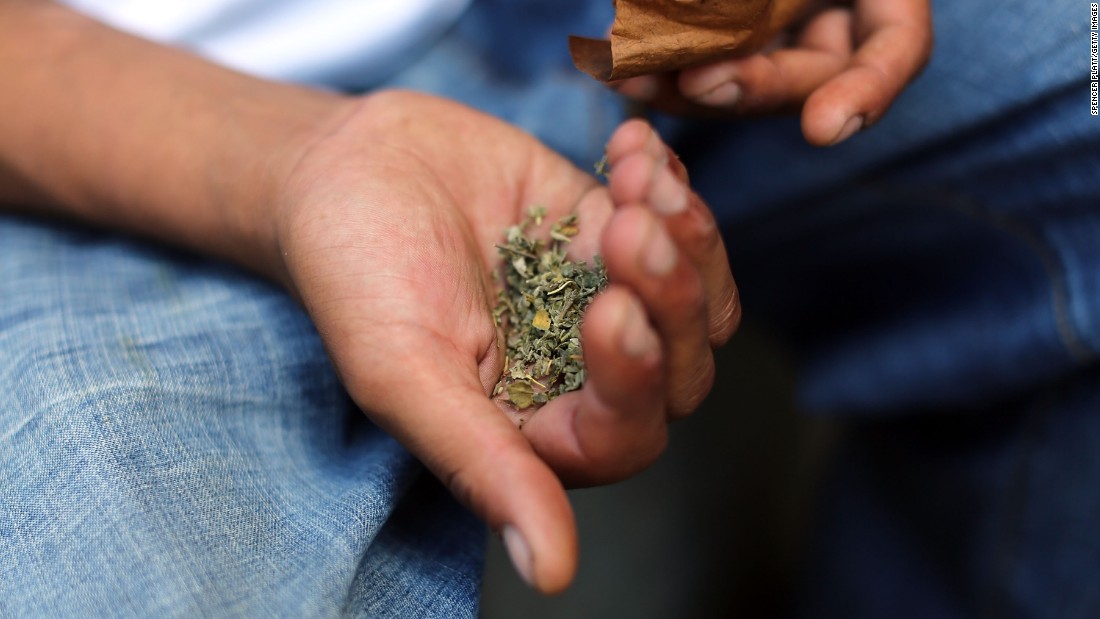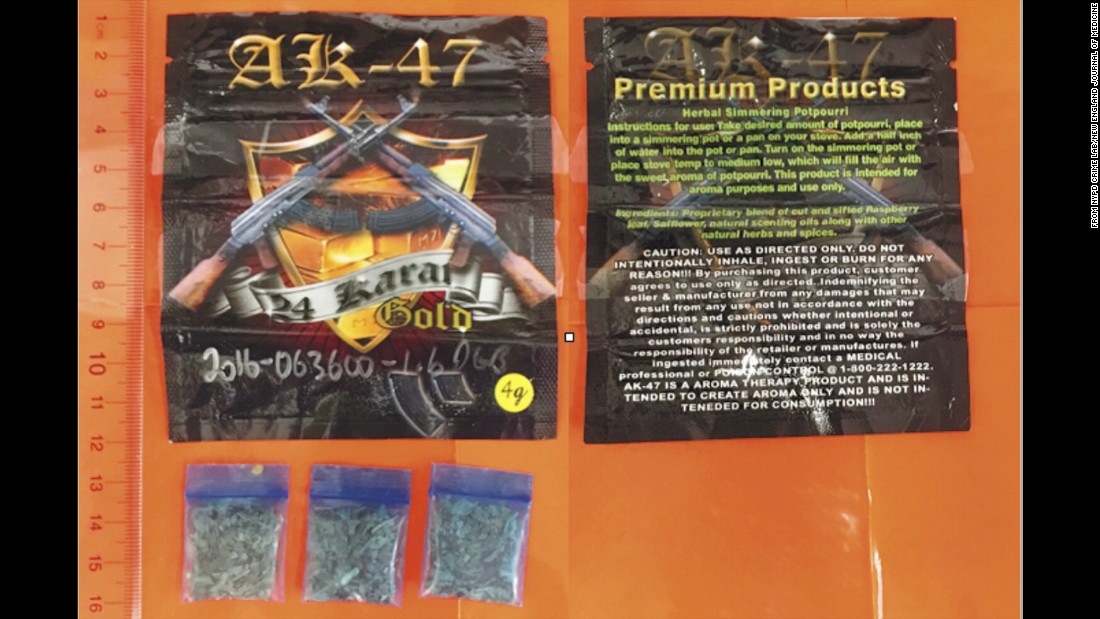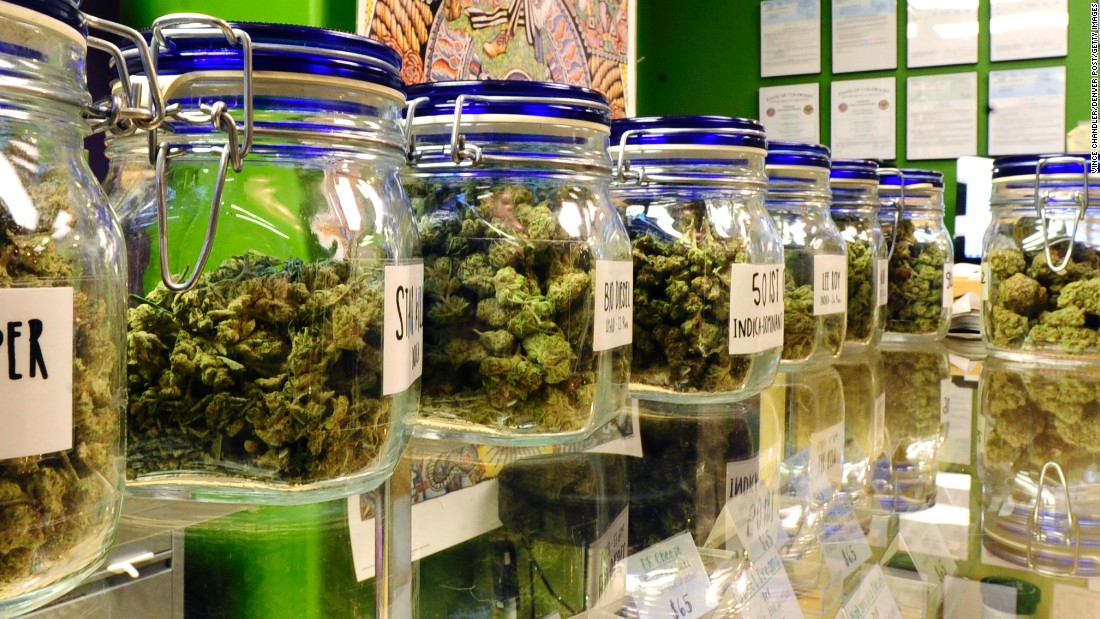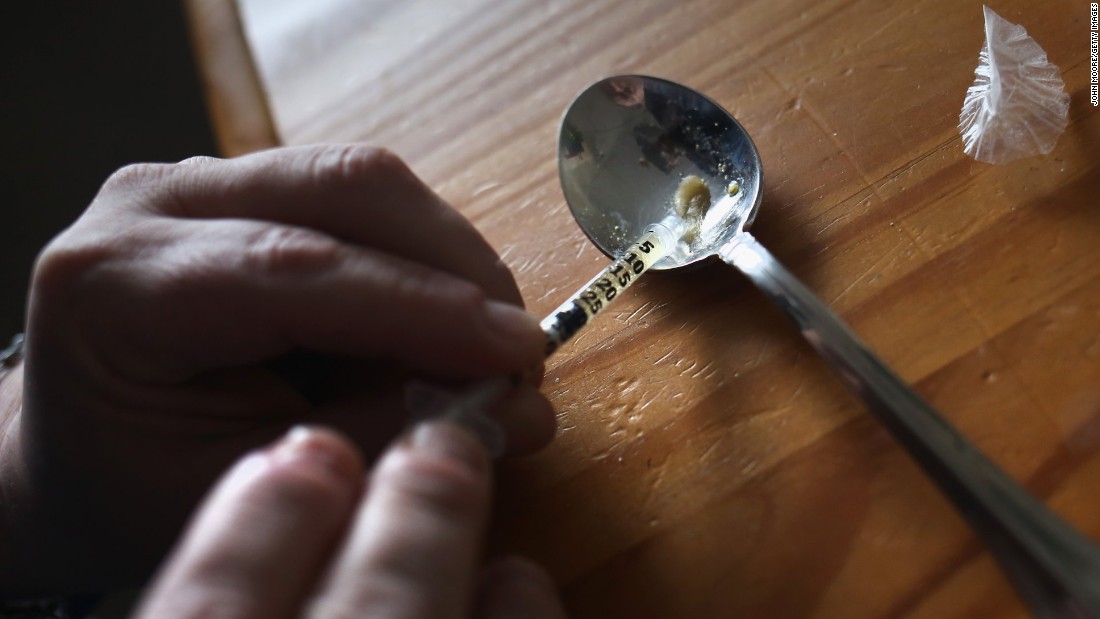
(CNN)The synthetic cannabinoids often called “fake weed” are a mix of chemicals sprinkled on what looks like incense and sold in shiny packages, often to teens and young adults.
It produces sensations similar to tetrahydrocannabinol (THC), the psychoactive ingredient in the cannabis plant, yet many users report more powerful, often dangerous effects.
New research from the Centers for Disease Control and Prevention says young people who use fake weed are also more likely to use other drugs or alcohol, to behave violently and to have high-risk sex, according to a study published Monday in the journal Pediatrics.
The reaction of each user is “unpredictable,” Glatter said. “We’ve had people with seizures requiring airway management and intubation. Other times, they can smoke it and become a little violent, seize once, and that’s it. In other cases, they can become a little violent, a little agitated, and that’s it. They wake up in a few hours.”
Mostly, though, because they are “flailing around” and become violent and aggressive, the main issue is that they can injure the staff and themselves.
“Luckily, we haven’t been seeing a whole lot of it in the last six to 12 months. It’s kind of quieted down,” Glatter said. “A few years ago, we were seeing several cases a week.” Still, he said, it’s likely to pop up again.
“People talk about getting it in bodegas, head shops, gas stations … or they buy it from a friend.”
Users find it difficult to gauge how much is too much, because once a fake weed formula is recognized, it will be outlawed, but then the producers will quickly change the chemical formula to keep one step ahead of the law.
“This is dangerous and unpredictable, and it can kill you,” Glatter said. “Using marijuana, which I’m not condoning, is safer. We don’t see the violent behavior or the seizure aspect we see with this drug.”
What parents need to know
According to Dr. Scott Krakower, assistant unit chief for psychiatry at Zucker Hillside Hospital in Glen Oaks, New York, parents often ask him whether their teens might be doing permanent damage to their brains.
“It’s a tough question,” he said. “There is a possibility you can alter the neuro circuitry just from ingesting some of these agents. … There could be some sustained injury.”
It’s more likely, he said, that with treatment and help, the brain may be able to recuperate.
Teens using fake weed can become paranoid, on edge, agitated and aggressive toward parents and family members.
“It’s a different kind of psychosis than we might see with other patients. The psychosis is an agitated psychosis,” Krakower said. “They’re violent. They can become aggressive. It is very scary, if you’ve ever seen these kids on it.
“And coming off of it is very, very scary, too. It takes them a few days sometimes to get rid of the paranoia. Sometimes, they’ll be paranoid for like 48, 72 hours.”
Krakower said the substance emerges in waves while drug officials and test kits try to keep up with changing formulations.
Usually, he tells that parents the warning signs for synthetic cannabinoid use include a child with a history of substance use and drug tests that come back negative even when the child appears high.
“And if they are using synthetic agents, that’s pretty serious, and they should definitely seek help from a professional,” Krakower said, whether it’s an addiction specialist or even a trusted pediatrician who might guide them through the crisis. “There’s a lot of ways to tackle this.”
source http://allofbeer.com/2017/11/03/the-dangerous-behaviors-of-teens-who-use-fake-weed/





No comments:
Post a Comment